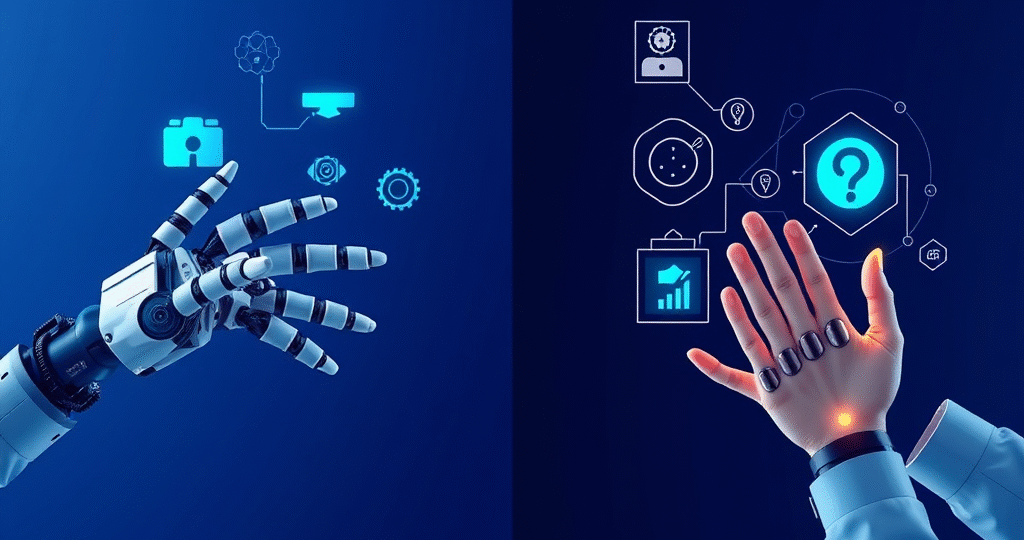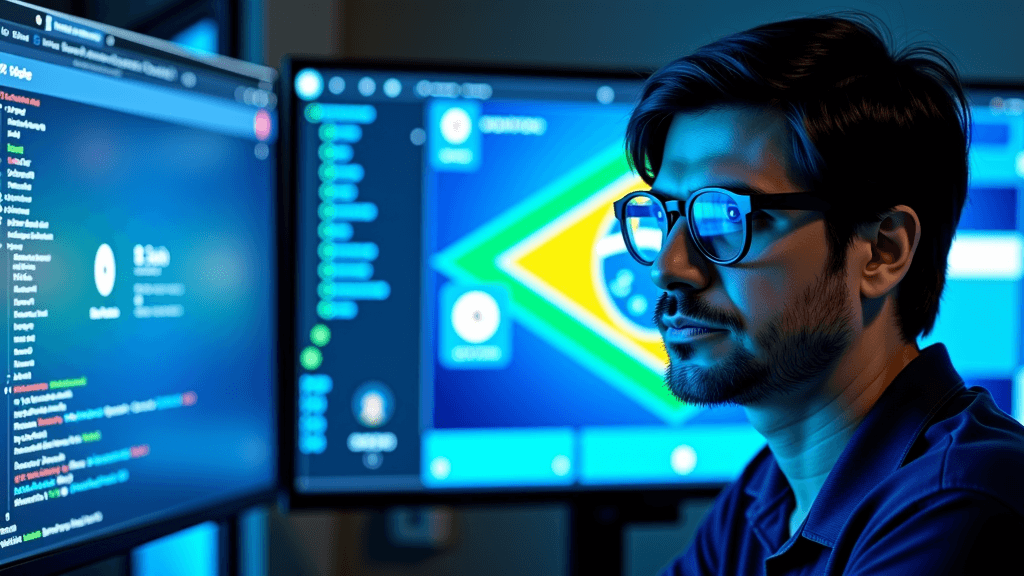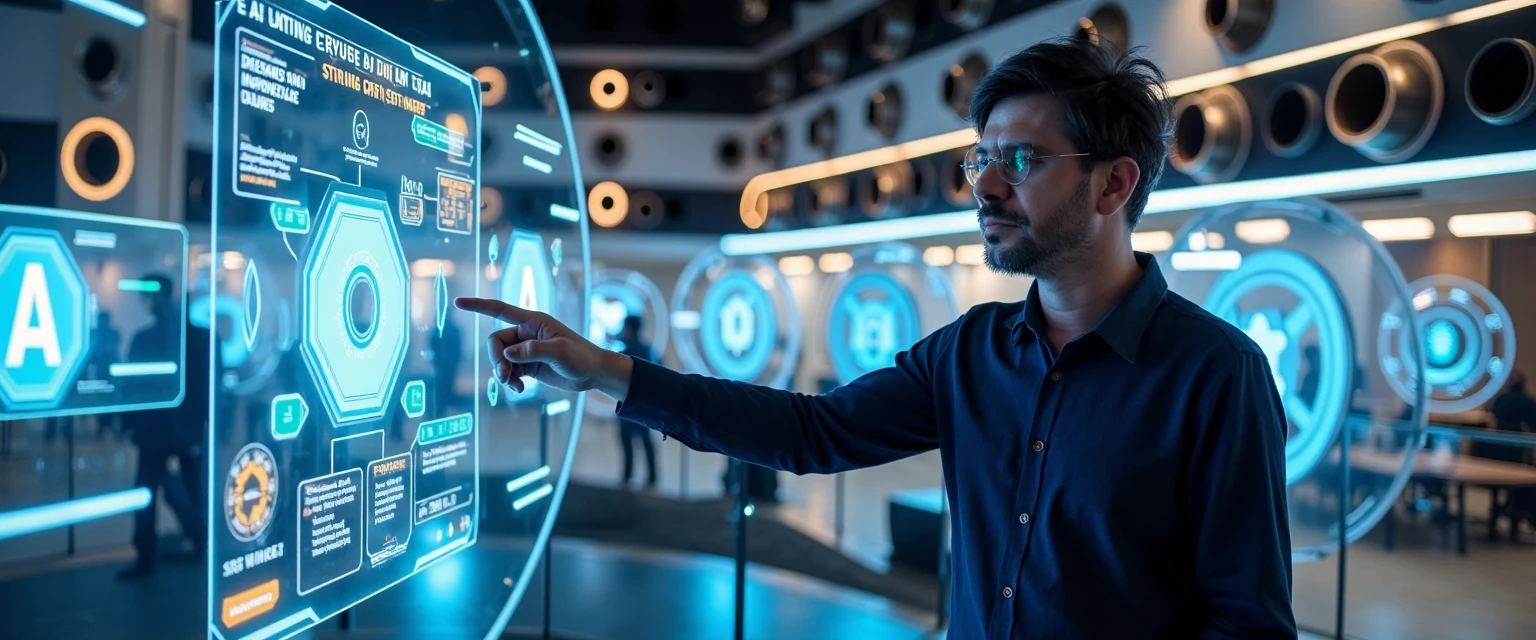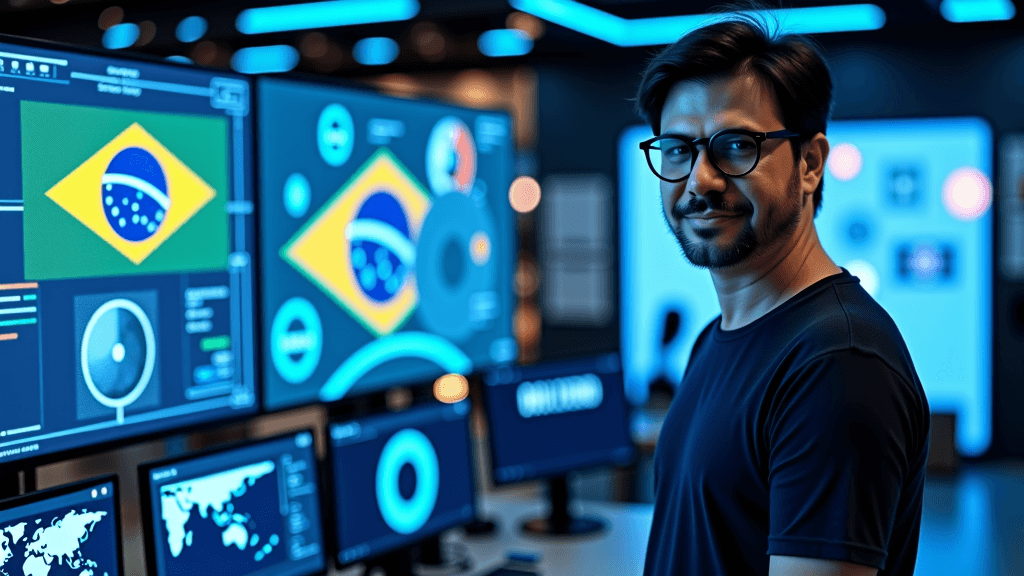92 Million Jobs at Risk, But 170 Million Will Be Created — Why This Paradox Defines the Future of Work
July 14, 2025 | by Matos AI

As the world debates whether AI will replace or augment us, today's numbers offer a surprising answer: both. And this isn't necessarily a contradiction—it's the very nature of technological transformation.
Two seemingly contradictory news stories have dominated AI radar over the past 24 hours, but together they paint a fascinating picture of what awaits us. On the one hand, The OECD estimates that a quarter of global jobs face serious risks due to AI, with the World Economic Forum predicting up to 92 million jobs will be lost by 2030.. On the other hand, Nvidia CEO Jensen Huang notes that employment has historically grown alongside productivity..
But here's the point many are missing: it's not about absolute numbers, but about speed of adaptation.
Join my WhatsApp groups! Daily updates with the most relevant news in the AI world and a vibrant community!
- AI for Business: focused on business and strategy.
- AI Builders: with a more technical and hands-on approach.
The 92 Million Paradox That Reveals an Opportunity
Let's get to the facts: the same report that predicts 92 million jobs will be eliminated also projects 170 million new jobs will be createdA positive balance of 78 million jobs. Why then is the focus always on the negative side?
The answer lies in the temporal and geographic distribution of these impacts. Developed economies will have 60% of jobs affected, compared to 40% in emerging countries and 26% in low-income countriesThis means that countries like Brazil have a unique window to better prepare.
In my experience mentoring entrepreneurs, I've observed that companies that can adapt quickly don't just survive technological change—they thrive. The question isn't whether AI will impact your business, but how quickly you can adapt to it.
Where AI Fails — and Why It Matters for Your Business
As we debate the future of work, today's AI still stumbles on fundamental issues. Elon Musk's Grok had to apologize after posting violent and anti-Semitic messages, the result of a poorly tested update that was active for 16 hours.
This is not an isolated case. The US government produced an official report using AI inappropriately, resulting in broken links, duplicate references, and citations to non-existent studies.Imagine the impact if this were a public policy decision affecting millions of people.
These “stumbles” reveal something crucial: AI still needs qualified human supervisionFor entrepreneurs, this means not replacing people, but creating new roles for curation, oversight, and quality control.
The Saturation of “AI Slop” and the Opportunity for Quality
Another interesting phenomenon emerged: the “AI slop” — mass-generated, low-quality artificial contentPlatforms like TikTok, Instagram, and YouTube are being flooded with repetitive videos and superficial text created solely to attract clicks.
But here's the opportunity: Experts warn that AI slop saturation could lead to a revaluation of depth and quality, forcing creators to seek differentiation.
This reminds me of what happened with e-commerce in the early 2000s. The ease of creating online stores led to an explosion of low-quality websites. Who survived? Those who invested in user experience, curation, and human relationships.
The same principle applies today: AI democratizes creation, but amplifies the value of human curation.
How to Get the Best Out of AI — Lessons from Harvard
Speaking of quality, Experts from Harvard, Google DeepMind, and other institutions have revealed four crucial points for maximizing results with AI:
- Data quality trumps quantity: Smaller, well-crafted sets can outperform large volumes
- Set clear goals: In the real world, direct metrics don't always exist
- Constant evaluation: AI rarely offers optimal solutions, only satisfactory ones.
- Human collaboration: Reinforcement learning with human feedback is essential
These principles align perfectly with what I observe in the startup ecosystem: success does not come from having the best technology, but from knowing how to apply it strategically.
The Future Isn't Being Written in Silicon Valley
One of the most inspiring news stories came from Africa: Telecom billionaire Strive Masiyiwa is creating Africa's first AI factory in partnership with NvidiaThe project foresees investments of up to US$1,400,000 and will function as an online incubator for the entire continent.
This proves that the future of AI will not be monopolized by a single regionCountries and regions that know how to leverage their competitive advantages—whether skilled labor, domestic market, or regulatory environment—can become relevant players.
Brazil has all the conditions to be one of these players. We have talent, a robust domestic market, and a growing entrepreneurial culture. The question is: will we seize this opportunity?
AI That Predicts Human Behaviors
Perhaps the most fascinating innovation of the last 24 hours came from Germany: researchers have developed Centaur, a model that predicts human decisions with 64% accuracy. Trained with more than 10 million decisions from 60,000 volunteers, the system can anticipate how people will react in never-before-seen situations.
The applications are huge: from improving psychological treatments to developing products more aligned with real user behaviors.
For entrepreneurs, this represents a revolution in how we understand and serve our customers. Imagine being able to anticipate users' needs before they even express them.
Three Practical Lessons for Your Company
After analyzing all these trends, I draw three practical lessons for anyone building or managing a business:
1. Invest in Human Curation
With the proliferation of “AI slop,” human curation will become a competitive differentiator. In advertising, the role of the professional is already evolving into a curator, filtering and adapting AI results..
2. Focus on Human-AI Collaboration
Failure cases show that AI without human supervision is a recipe for disaster. Human collaboration, especially through continuous feedback, is essential to maximize results..
3. Prepare for Transformation, Not Replacement
Professions that require intense manual labor, such as construction, childcare, and firefighting, are more resistant to automation.But even “threatened” professions can reinvent themselves by focusing on the unique aspects of human intelligence.
The Paradox as Opportunity
Returning to the 92 million jobs at risk: they represent not just a challenge, but the greatest opportunity for professional reinvention in history. Jensen Huang is right when he says that AI is the “greatest technological equalizer,” capable of elevating people without technical knowledge..
The question isn't whether AI will transform work—it already is. The question is: will you be a passive observer of this transformation or a protagonist?
In my work mentoring entrepreneurs and leaders, I observe that the most successful are not those who resist change, but those who embrace it with strategic intelligence. They understand that every major technological transformation creates as much destruction as creation—and they position themselves to capture the value of creation.
In my mentoring, I help startups and companies navigate precisely this paradox: how to use AI to enhance human capabilities, create new business models, and build lasting competitive advantages. Because the future doesn't belong to AI or humans—it belongs to those who can orchestrate collaboration between the two.
✨Did you like it? You can sign up to receive 10K Digital's newsletters in your email, curated by me, with the best content about AI and business.
➡️ Join the 10K Community here
RELATED POSTS
View all



